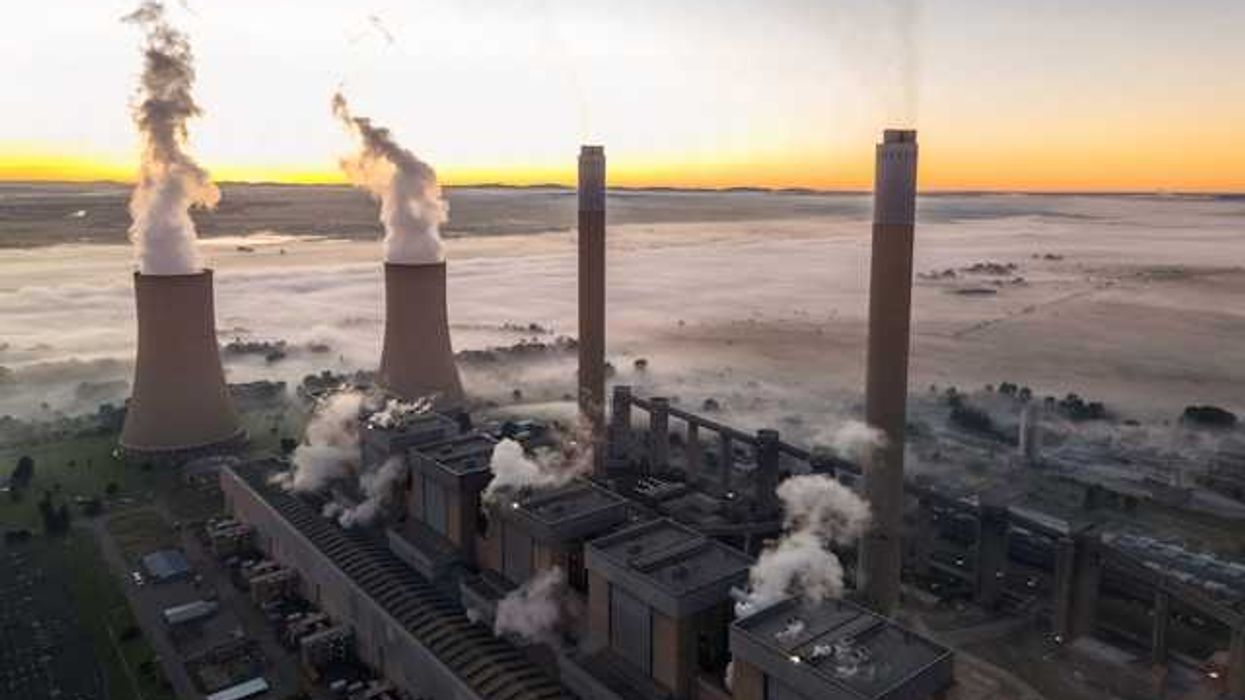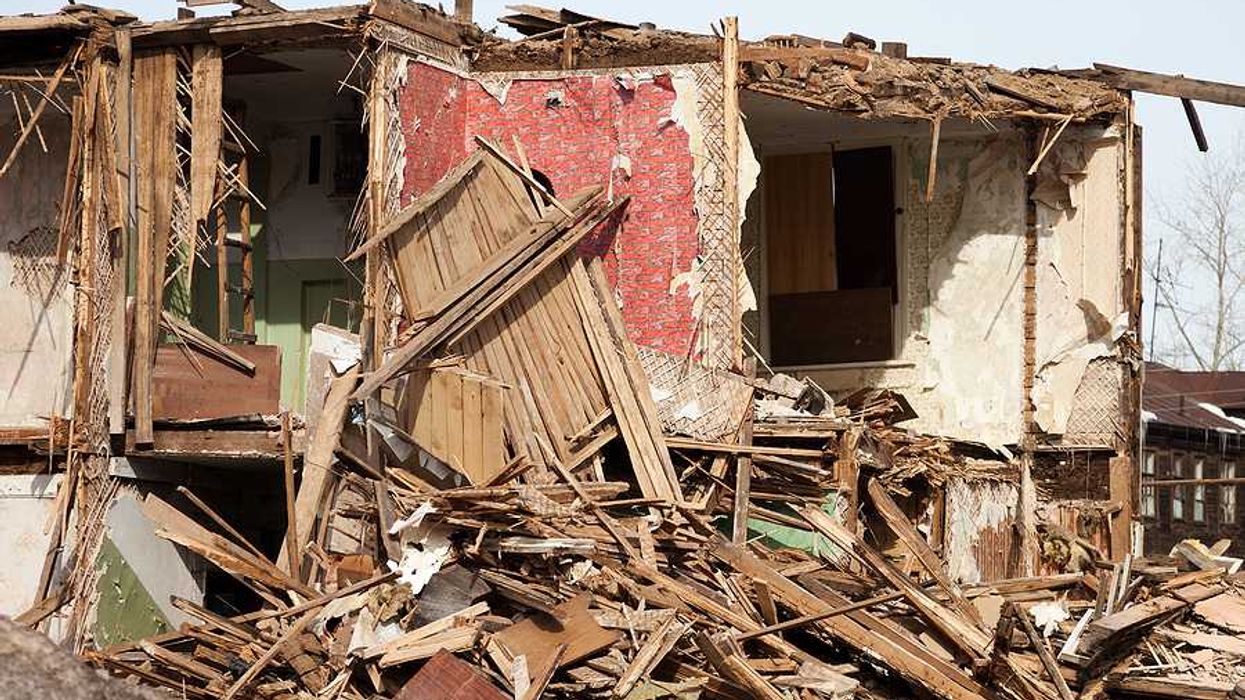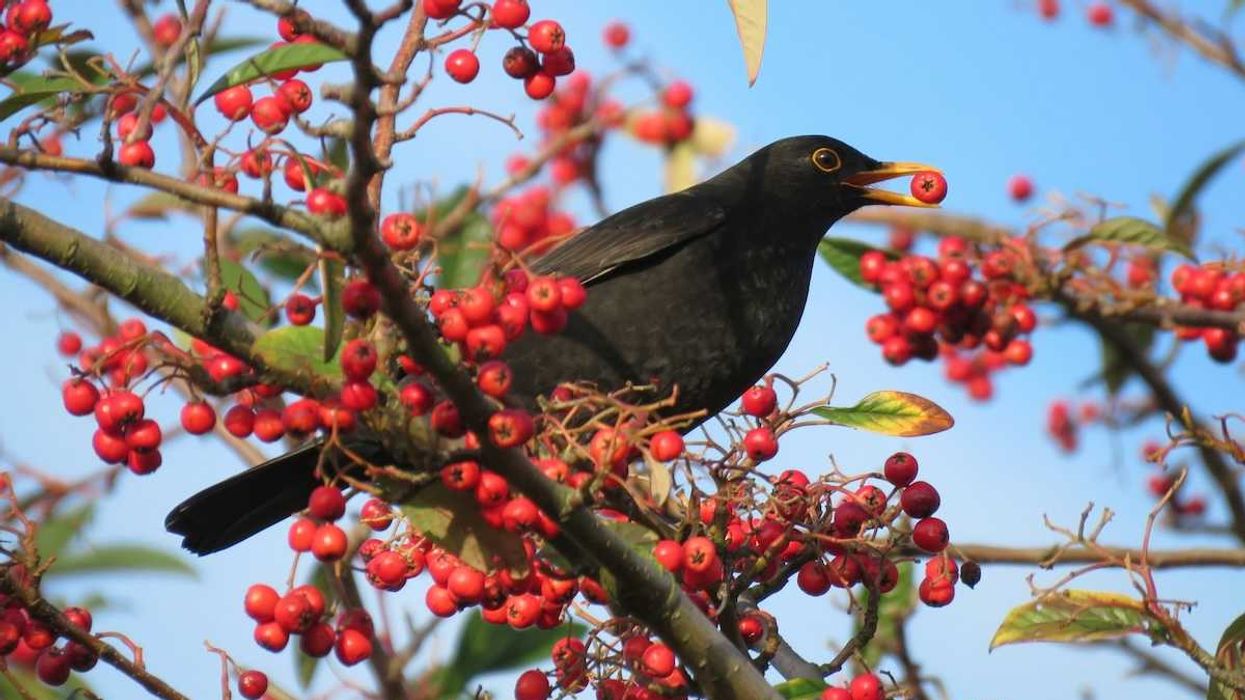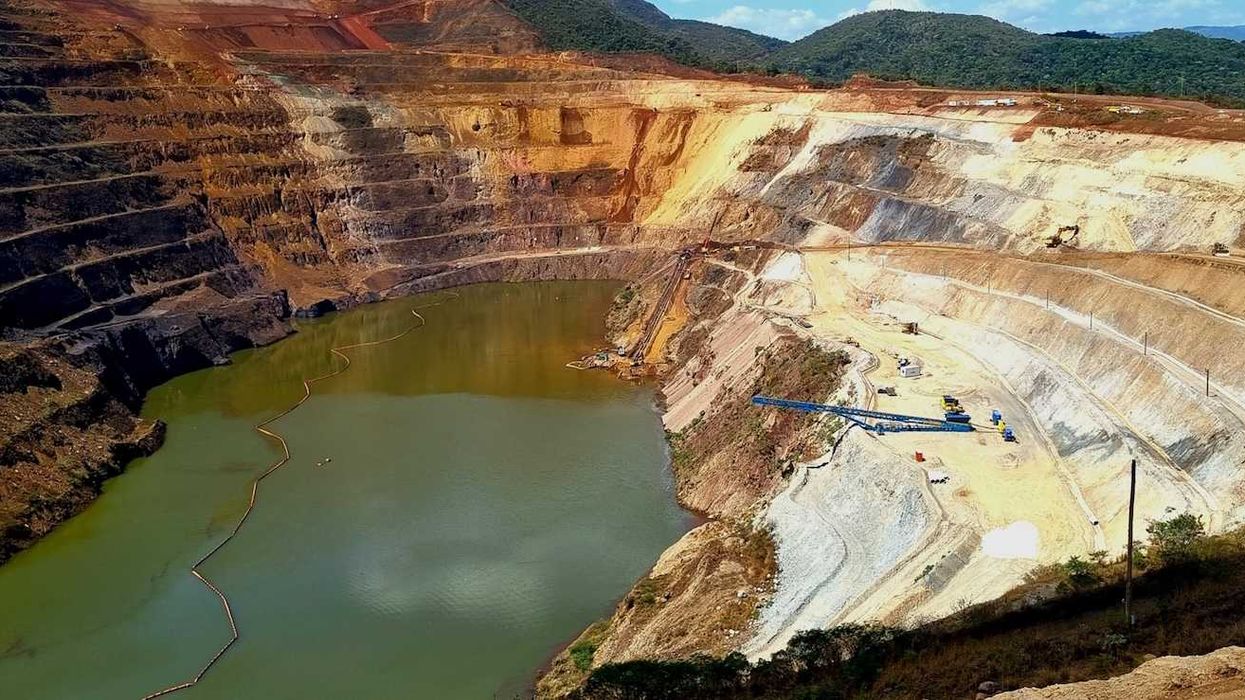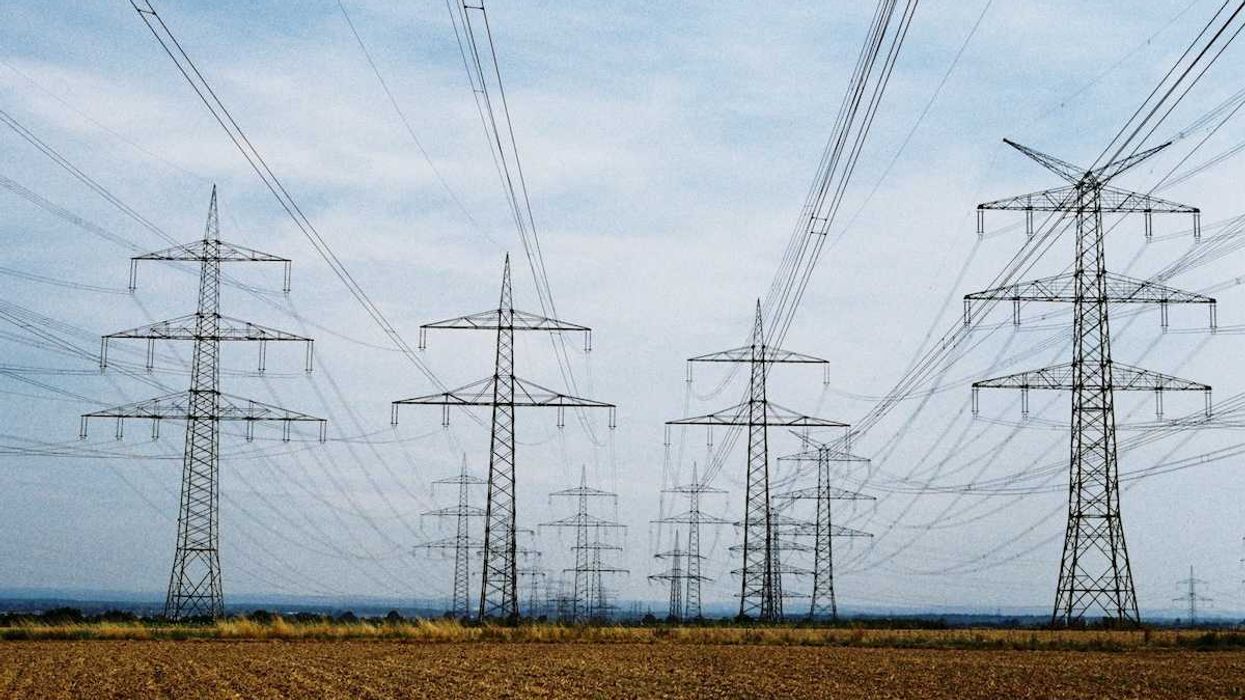Global wildlife populations have declined by 73% over the past 50 years, primarily due to habitat destruction, a WWF report reveals.
Victoria Gill and Helen Briggs report for BBC.
In short:
- The Living Planet Report, based on decades of wildlife data, attributes the sharp decline to habitat loss, overexploitation, invasive species, pollution and climate change.
- The report warns that ecosystems like the Amazon rainforest face irreversible damage, affecting biodiversity and climate stability.
- Some species show recovery due to conservation efforts, but isolated successes do not offset widespread habitat destruction.
Key quote:
"Healthy ecosystems underpin our health, prosperity and wellbeing."
— Tanya Steele, WWF UK head
Why this matters:
The loss of wildlife threatens ecosystem stability and human survival, as it disrupts natural processes vital for clean air, water and climate regulation. Reversing this trend requires urgent global action to protect and restore natural habitats.
Learn more:





